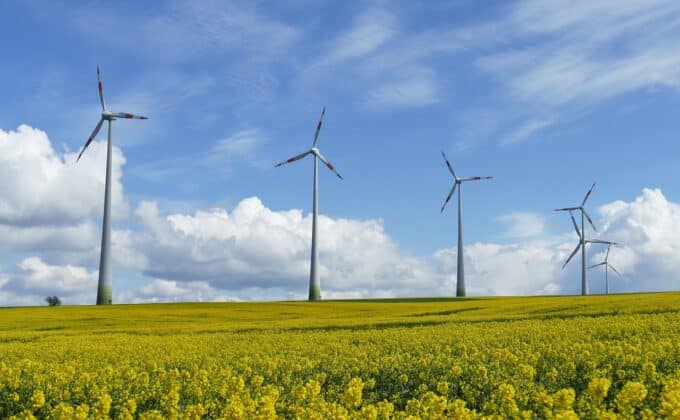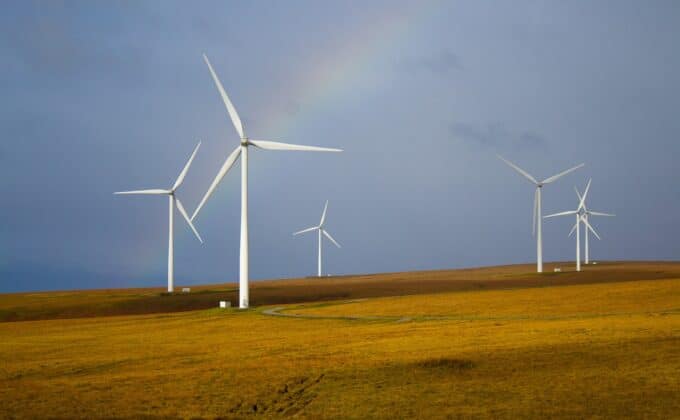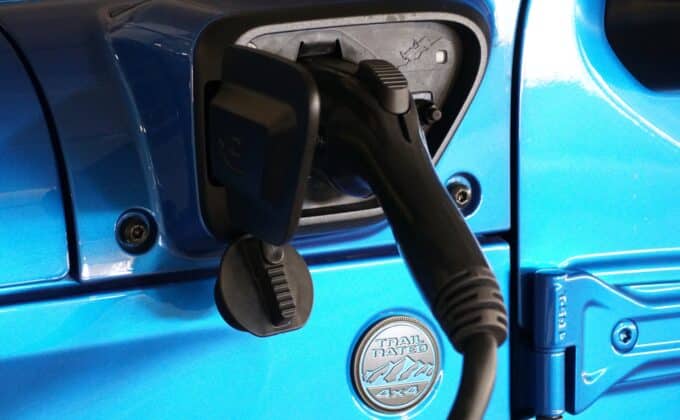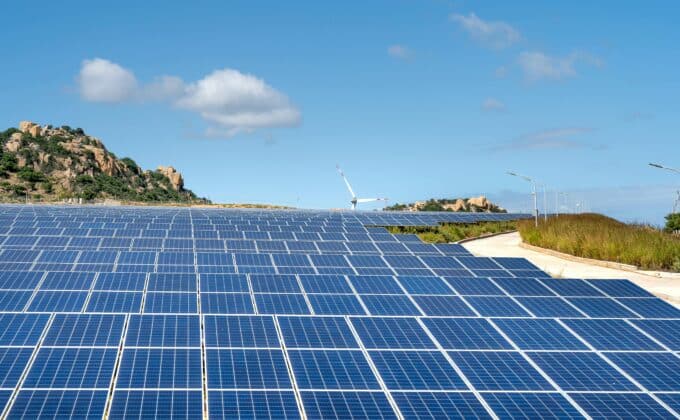Content Filter:
June 20, 2025
分时电价向前迈步,动态尖峰电价贴近需求
随着中国能源需求的不断增长以及可再生能源的大规模并网,平衡能源供需的挑战将日益增长。在可再生能源主导的电力系统中,保障电力系统安全稳定经济运行面临着全新挑战。电力系统不仅需要满足静态的“迎峰度夏”和“迎峰度冬”中的高峰用电需求,更需要妥善处理日间净负荷波动对电网的影响。解决这些挑战的一个重要手段是拓宽现有思路,积极探索费率设计和需求侧管理等政策的迭代,制定能够反映电网供需变化的动态智能电价体系。自2021年以来,中央和地方政府推动的分时电价政策使电价信号得以更充分地发挥,而这些静态电价设计的灵活性和即时性还可以被进一步完善。其中,完善尖峰电价机制,使其更具备动态性,或许可考虑作为下一步工作方向。 2021年,国家发改委发布了《关于进一步完善分时电价机制的通知》(发改价格〔2021〕1093号),大力推动分时电价,以引导用户调整用能习惯。随后,各省积极推进并细化了分时电价政策、加速促进了电力的灵活使用,尖峰电价机制也在持续完善。然而,大多数省份的尖峰电价机制只是在当前静态分时电价的基础上增加了一个固定的尖峰时段,其执行的电价价位、持续时间,和起始时刻均被提前设定,并且通常按年或季节重新评估和调整。静态的分时电价机制无法充分体现电网的短期(每日甚至每小时)供需波动。 为进一步发挥电价信号作用,引导用户错峰用电,可以考虑持续完善分时电价,在现有的静态电价基础上增加随电网实际情况调整的动态机制(以下称之为动态尖峰电价)。… View Summary +

June 17, 2025
Light industry, an obvious place to reduce gas use
Building on the European Green Deal, the European Commission has adopted a new business plan for Europe – the Clean Industrial Deal. The plan aims to address the “climate crisis and its consequences, competitiveness concerns and economic resilience.” A… View Summary +

May 30, 2025
Why Am I Here? Looking at a Commission’s Role in the IRP Process
In most U.S. states, the utility commission has a formal role to play in reviewing or approving the contents of a utility’s integrated resource plan (IRP). These plans serve as long-term, forward-looking energy strategies that electric utilities use to meet their… View Summary +

May 29, 2025
现货市场是全国统一电力市场的基石
近日,国家发展改革委、国家能源局颁布了《关于全面加快电力现货市场建设工作的通知》(发改办体改〔2025〕394号)为现货市场加速发展制定了时间表,要求2025年底前基本实现电力现货市场全覆盖,全面开展连续结算运行。现货市场的建设实践至关重要,有望显著提升电力系统运行效率,更可有效促进可再生能源消纳。然而,相比全国统一电力市场,以省级电力市场为主导的体系可能会导致更多的备用容量和更多对本地煤电的调度,从而产生更高的成本和排放。因此,还需要推进全国统一的电力现货市场,包括消除省间壁垒、完善顶层设计、细化市场规则,并推动市场与电网的联合运行,从多个方面协同发力,持续发挥低成本、低排放和高可靠性的优势。电力市场的改革过程中经常提到“无现货,不市场”;而电力市场发展到现在的关键节点,应进一步认识到,“不统一,枉现货”。 为全国统一电力现货市场制定清晰的路线图 国内外的建模研究显示,在更大的范围内优化跨区输电能带来巨大的效益,包括降低运行成本、减少排放以及减少可再生能源弃电等。经验表明,跨行政边界、覆盖更大地理范围的电力市场能够更充分地利用跨省跨区输电资源,更高效地应对短期内供应侧、需求侧和其他变化,从而进一步释放灵活性,为电网带来更大的利益。 近几年的电力市场政策文件多次提到多层次现货市场的耦合与衔接。国家发展改革委、国家能源局… View Summary +

May 21, 2025
推动建筑绿色发展,需超越电力比例,聚焦高效设备
2025年是中国“十四五”规划的收官之年,也是“十五五”规划谋篇布局的关键一年,中国将在这一年继续制定落实《巴黎协定》承诺的措施,并明确下一个“五年规划”的核心方向。在实现碳达峰、碳中和目标的过程中,建筑用能结构的转型已成为不可忽视的重要环节。为此,国务院及住房和城乡建设部等相关部门相继出台指导政策,推动建筑电气化水平提升。 2022年,《“十四五”建筑节能与绿色建筑发展规划》(建标〔2022〕24号,以下简称《发展规划》)提出了一系列前瞻性的绿色建筑发展指标,其中,“建筑用能电力替代行动”明确要求以减少建筑温室气体直接排放为目标,扩大建筑终端用能清洁电力替代,积极推动“以电代气、以电代油”,推进炊事、生活热水与采暖等环节的电气化,推广高能效建筑用电设备。规划提出,到2025年,建筑用能中电力消费比例应超过55%,城镇建筑可再生能源替代率达到8%。2024年,国家发展改革委、住房城乡建设部发布《加快推动建筑领域节能降碳工作方案》(国办函〔2024〕20号,以下简称《工作方案》),进一步强调这一目标,倡导提高电气化率,并充分利用可再生能源。 高比例的终端电气化设备与新能源渗透率高的电网相结合,是建筑用能结构转型的关键。但仅追求电力消费比例可能会事与愿违,对能源系统成本、能耗强度及碳排放产生不利影响。因此,有必要对相关指标进行评估并加以完善。… View Summary +

April 27, 2025
《推动热泵行业高质量发展行动方案》对智能调控和灵活运行的启示
2025年4月,国家发展改革委联合工业和信息化部、生态环境部、住房城乡建设部、交通运输部、国家能源局等部门发布了《推动热泵行业高质量发展行动方案》(发改环资〔2025〕313号)(以下简称《行动方案》)。《行动方案》提出,力争到2030年,热泵生产制造和技术研发能力不断增强,热泵建筑应用面积和热泵机组装机容量持续增长。作为我国首个国家级热泵专项政策,该方案的出台标志着热泵在建筑、工业、农业和交通等领域的规模化应用进入全新发展阶段。 我国传统热力燃料来源主要依赖煤、石油或天然气等化石能源,化石能源消耗量大,碳排放偏高。热泵作为一种清洁、高效的供暖和制冷技术,可以整合空气、水、土壤、工业余热中分散的低品位热源,替代燃煤燃气锅炉或者电热炉供热,显著降低二氧化碳排放。在制冷方面,热泵系统的冷热一体化能力较之传统空调拥有较高的综合能效,适合年内冷热需求均衡的建筑场景。自《行动方案》发布以来,其涉及的诸多重要议题引发了广泛讨论。其中有一个关键维度值得深入关注与研究,即热泵灵活化、智能化运行的创新要求与实施路径。这一政策导向不仅关乎热泵设备本身的能效提升,更关系到热泵系统与电力网络的协同互动模式。 《行动方案》的政策导向 … View Summary +

April 26, 2025
Holding on to Windy Hope: Offshore Wind’s Future Under the New Executive Order
With roughly 129 million Americans living along its coasts, the earth’s ocean has long played a crucial role in supporting economic and personal activities. One activity that coastal states have been particularly interested in is exploring offshore wind farms. View Summary +

April 10, 2025
Why wait for the next energy crisis? Enjoy the benefits of flexibility today
Europe has been paving the way to greater residential demand flexibility since 2018, and according to RAP’s recent survey, residential smart tariff offerings have increased by 250% since the energy crisis hit in 2022. Let’s look at how European… View Summary +

April 4, 2025
Making sense of China’s new heat pump strategy
This week, China’s central government issued a national ‘Action Plan’ to promote heat pumps. The policy offers substantial support for heat pumps but leaves critical questions unanswered—particularly regarding the future of certain types of fossil fuel… View Summary +

March 18, 2025
十年电改:破局到立新,迈向清洁低碳未来
自《关于进一步深化电力体制改革的若干意见》(中发〔2015〕9号,以下简称”9号文”)发布以来,中国电力体制改革走过了具有里程碑意义的十年历程。在这十年间,电力行业在市场化改革、清洁能源发展、电力系统灵活性和可靠性提升等方面取得了突破性进展。这些成就不仅为构建新型电力系统奠定了坚实基础,更为实现“双碳”目标提供了有力支撑。站在9号文发布十周年的历史节点,我们既要总结电力体制改革的成功经验,更要准确把握新发展阶段面临的挑战。 过去十年里,在9号文的指引与大力支持下,可再生能源投资出现了爆发式增长,可再生能源装机容量扩张近4倍(由2015年的4.8亿千瓦增长到2024年的… View Summary +

